Rambus should not be an unknown company to some. Among other things, it is known for its production of HBM, PCIe and CXL controller IP. Now it is continuing its portfolio and introducing its new GDDR7 memory IP, which is intended to further advance AI 2.0. First of all: What is the goal of AI 2.0? The aim is to obtain an interference model that can create new multimodal content from a user’s input prompts.
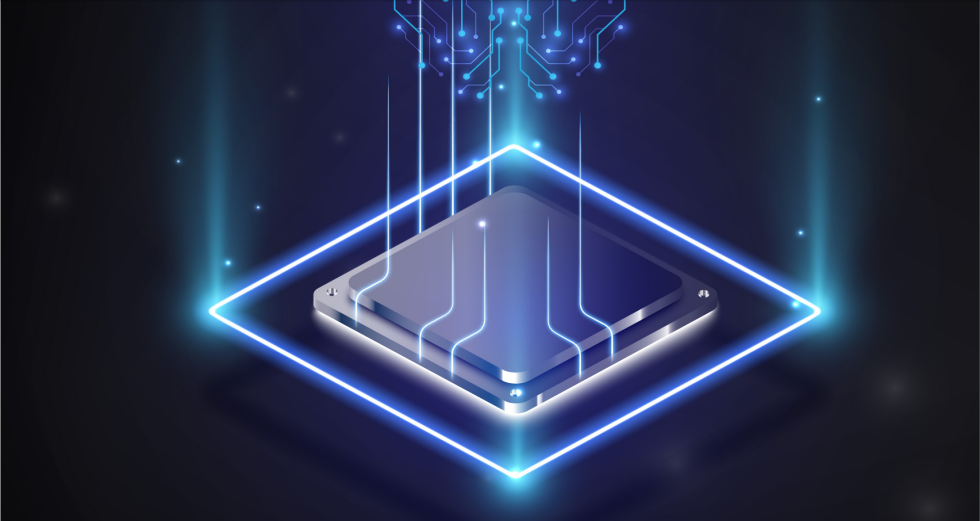
As AI inference continues to proliferate and move from the data center to the edge and endpoints, the need for more powerful processing engines with tailored high-performance memory solutions is increasing across the computing landscape. Here, most GPUs utilized GDDR6 memory. The problem here, however, is that the practical limit of standard data center signaling can only be reached at data rates of up to 24 gigabits per second (Gbit/s). A new generation is therefore needed to further promote progress and meet demand.
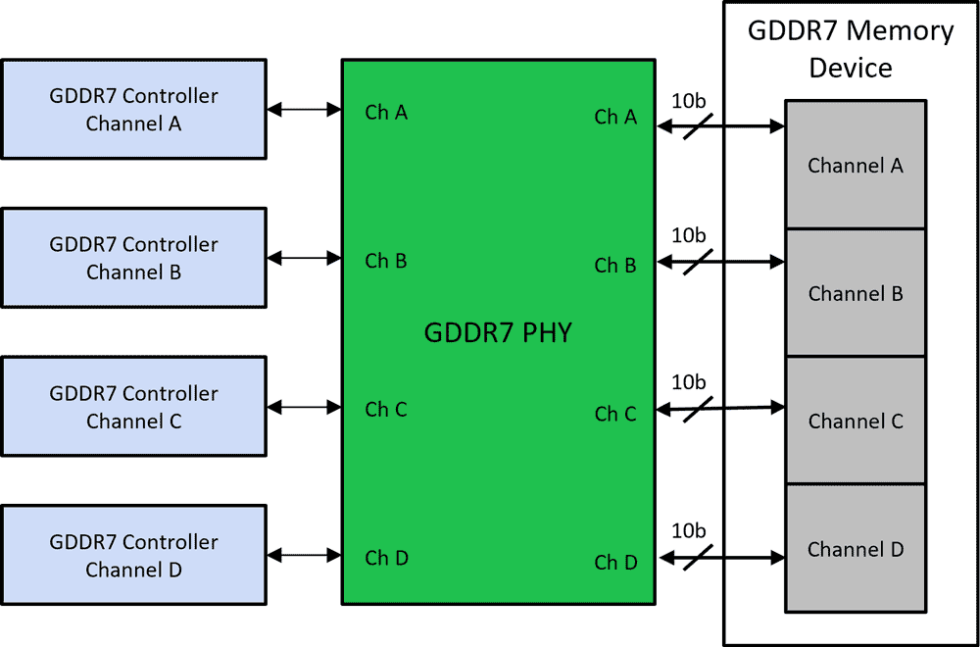
Rambus has set itself the task of working on a new GDDR7 memory IP with good values. This supports 40 Gbit/s operation and a data throughput of 160 GB/s. Compared to GDDR6, this is an increase of 67%. The Rambus GDDR7 controller is intended to represent a new generation of GDDR memory deployments for state-of-the-art AI accelerators, graphics and high-performance computing (HPC) applications.
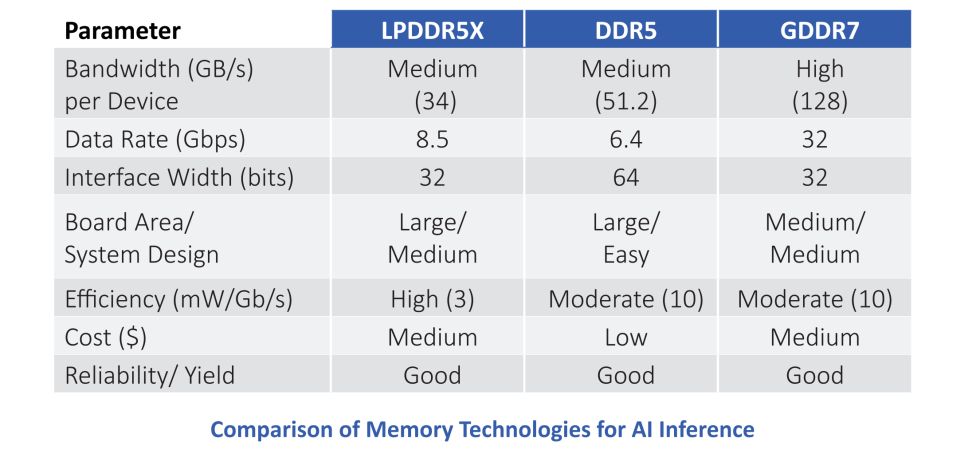
For Soo-Kyoum Kim, Vice President of Memory Semiconductors at IDC, this is a major performance improvement over the previous version and should become an important tool.
“GDDR7 memory offers significant performance gains over GDDR6. The Rambus GDDR7 Controller IP solution will be a vital tool for anyone that wants to take advantage of the improved speed and latency features offered by GDDR7.”
GDDR7 offers the following key features:
- Supports all GDDR7 interconnect features including PAM3 and NRZ signaling
- Supports a wide range of GDDR7 device sizes and speeds
- Optimized for high efficiency and low latency in a variety of traffic scenarios
- Flexible AXI interface support
- Low-power support (self-update, self-update in sleep mode, dynamic frequency scaling, etc.)
- RAS (Reliability, Availability and Serviceability) features – such as end-to-end data path parity, parity protection for stored registers, etc.
- Comprehensive support for memory testing
- Integration support for third-party PHYs available
- Validated with the latest GDDR7 VIP and memory models from manufacturers
It remains to be seen how GDDR7 will develop in the future, but it is certainly a technical advance and we can expect a lot more in the future.
Source: Rambus















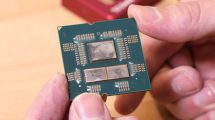
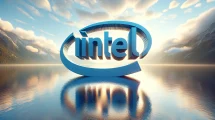















Bisher keine Kommentare
Kommentar
Lade neue Kommentare
Artikel-Butler
Alle Kommentare lesen unter igor´sLAB Community →